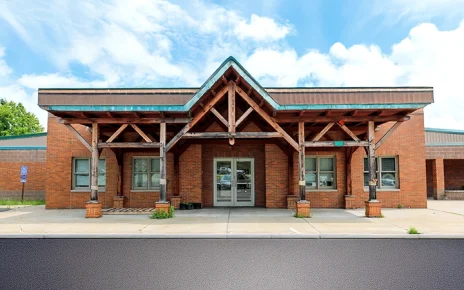Submitted by Deb Jimerson
Come out and protest Mayor Aiello’s lack of action on the sewage discharge issue on Tuesday, April 22, 2025 starting at 5pm, at Lincoln Park – East State Street sidewalk (please don’t block vehicular or foot traffic). At 6pm, come SPEAK FOR THE RIVER at the Olean Common Council Meeting in the Courtoom at the Municipal building.
The Olean Sewage Discharge Issue

What a sewage system should do: Houses and businesses create two kinds of liquids – sewage from toilets, showers, sinks, etc. and stormwater from roofs and driveways. Cities can have two separate systems for those or can have a combined system. Either way, there is a sewage treatment plant that takes the influent through at least three stages and then discharges the effluent water into a river and the effluent is usually cleaner than the river water itself.
The Problem with Olean’s System: Olean has two separate systems, but through lax code enforcement, many houses and businesses are putting their stormwater into the sewage system. Worse, 75 catch basins (the grates in the curbs that collect stormwater) that should be connected to the stormwater system are instead connected to the sewer system. So, though Olean’s system is designed as two separate ones, it’s acting like a combined system. But, especially at three lift stations (which pump the influent up to a higher level so that gravity can carry it to the sewage treatment plant), when there is a heavy rainfall, the lift stations are overwhelmed with too much influent and that triggers an automatic discharge into the river.
The History of Olean Discharges: Olean has discharged sewage into the Allegheny River for several decades, and though the city has made some improvements at the sewage treatment plant and the three lift stations, there are still discharges if the rain is heavy enough. Since 2018 there have been fourteen major discharges totaling ,over 1.2 million gallons of raw sewage into the river. This obviously harms or kills many living things in and around the river, creates a poterntial for many types of diseases in people who use the river, and is not a normal event for most cities.
How can it be fixed? There are four possible ways to fix this problem. Two would reduce the amount of stormwater getting into the sewer system: 1) Get houses and businesses to comply with the city’s sewer ordinance by making sure their stormwater doesn’t go into the sewer system. 2) Replumb the faulty catch basins so they empty into the stormwater system instead of the sewer system. The other two solutions would allow the high amount of stormwater to still enter the sewer system, but would bolster capacity so that discharges wouldn’t occur. 3) Build three additional lift stations parallel with the three existing ones (S 4th St, Martha Ave and Adams St} and additional pipes to the STP. 4) Build holding tanks (about 300k+ gallons capacity) to contain the extra influent until the storm passes and the lift stations can catch up with the flow.
Where Does This Issue Stand Now? At the urging of Defend Ohi:yo’ members and the Seneca Nation of Indians, the city has finally made some progress and at its 3/25/25 meeting voted to spend $50K to hire a consultant to evaluate the lift station ideas (3 and 4 above). If the city had been more proactive, it could have written a grant to have NYS pay for this instead of the city. Hopefully they’ll start taking advantage of the many available grants for this kind of projec.t. However. the city still has not written a comprehensive plan to solve this problem, even though that would take just a few hours and would include a step-by-step process with questions that have to be answered at each step, a timeline for the steps, and a list of people responsible for each step as well as grants and other funding sources that would need to be obtained. Ideally, the ,city would move quickly with all of this so that any solution could be completed over this coming summer. As of now, it’s just luck with the weather that determines if there are further discharges….




